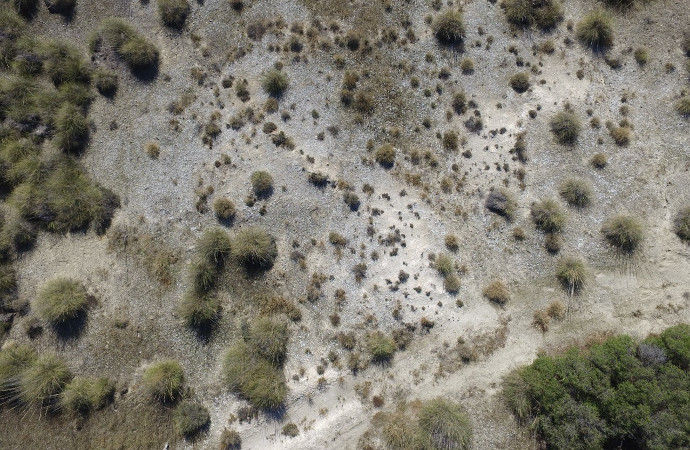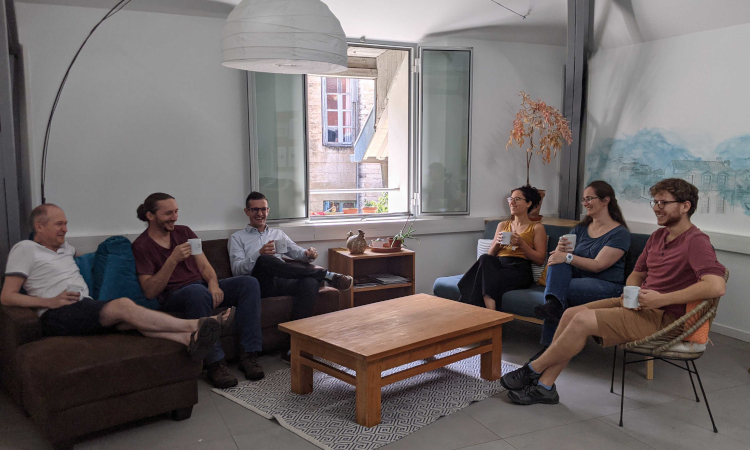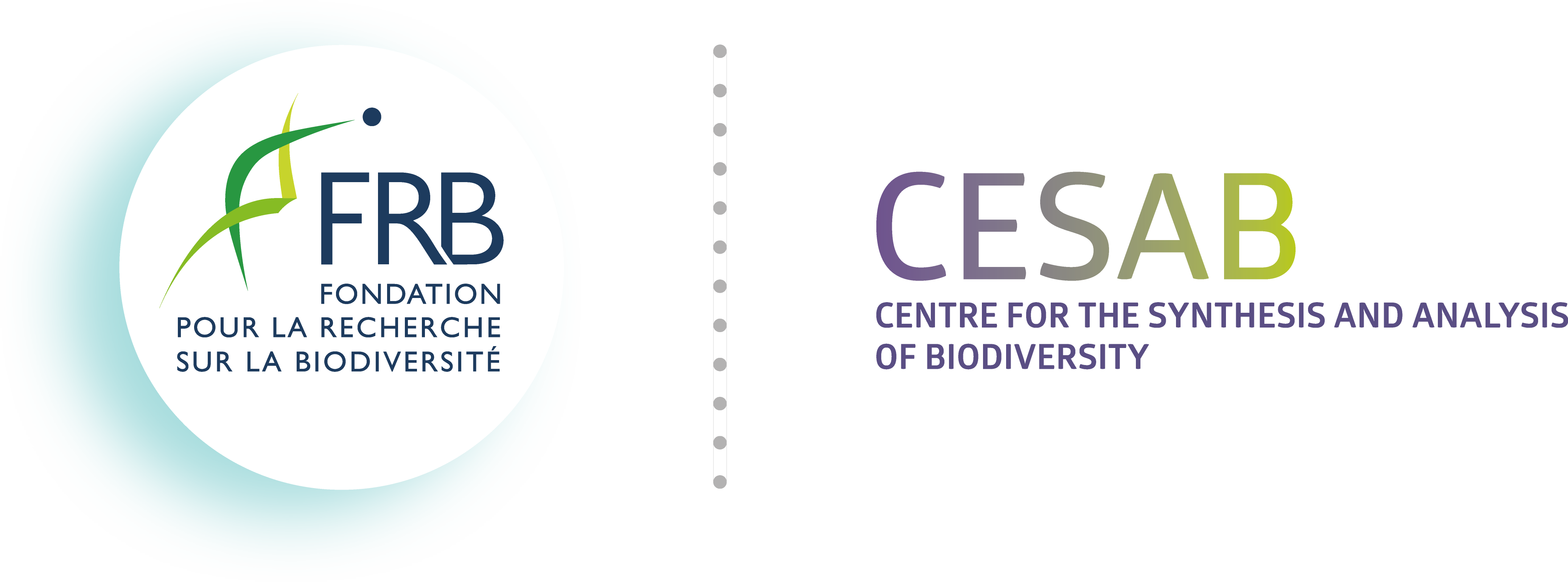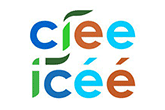RED-BIO
Dynamic resource landscapes, eco-evolutionary feedbacks and the emergence of meta-food webs
 © Sonia KEFI
© Sonia KEFI Biodiversity and abiotic resource distribution are intrinsically intertwined. Resource distribution influences productivity and biodiversity, but animal movement also redistributes resources across landscapes. Meta-ecosystem theory integrates this dynamic feedback between biological communities and abiotic resources, but classically considers predefined fixed habitat patches. The assumption of fixed habitat patches, however, does not match well with patterns observed in natural food webs where mobile organisms of different trophic levels forage across contrasting spatial scales.
RED-BIO will synthesize principles from meta-foodweb and meta-ecosystem theory to develop an integrated modelling framework of food web dynamics in spatially explicit landscapes. Habitat patches will emerge from ecological and evolutionary feedbacks rather than being pre-defined and fixed.
The project will develop a spatially explicit extension of an eco-evolutionary body size-based niche model, to let the spatial and temporal heterogeneity emerge from animal movement, resource recycling, and eco-evolutionary feedbacks under global change.

RED-BIO project members at CESAB in September 2021

Project leaders :
Isabelle GOUNAND – IEES Paris, CNRS (France) ;
Eric HARVEY – University of Montréal (Canada)
The Red-Bio project brings together specialists in spatial ecology (meta-ecosystems, metacommunities), ecological networks, community ecology, consumer-resource dynamics, eco-evolutionary dynamics and modeling.
The Red-bio project is the result of the 2019 SYNERGY call for projects with the CIEE synthesis center. The project selection process was carried out by a committee of independent experts.
REDBIO presented their results in a webconference (CESABINAR) that you can (re)watch here:
